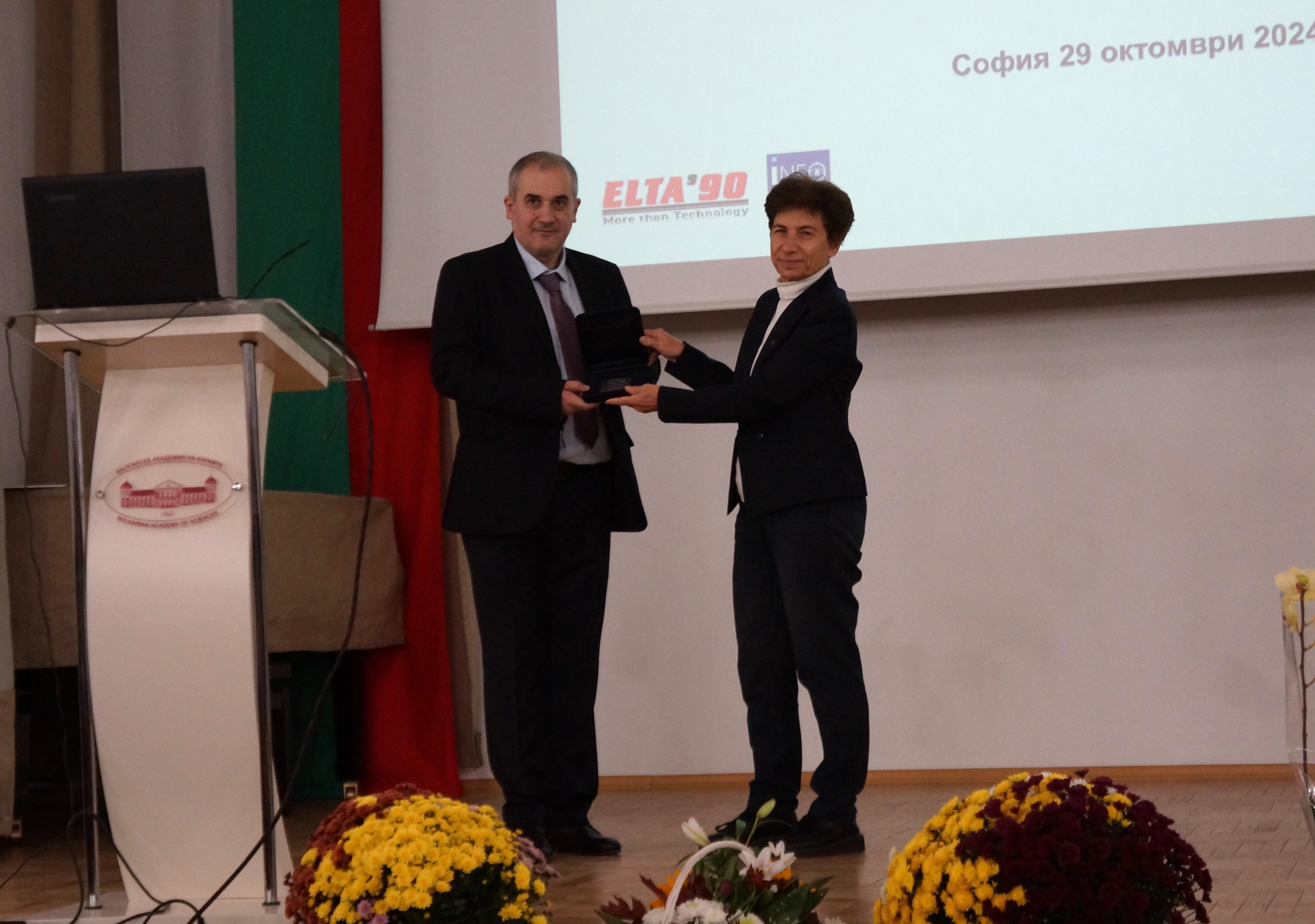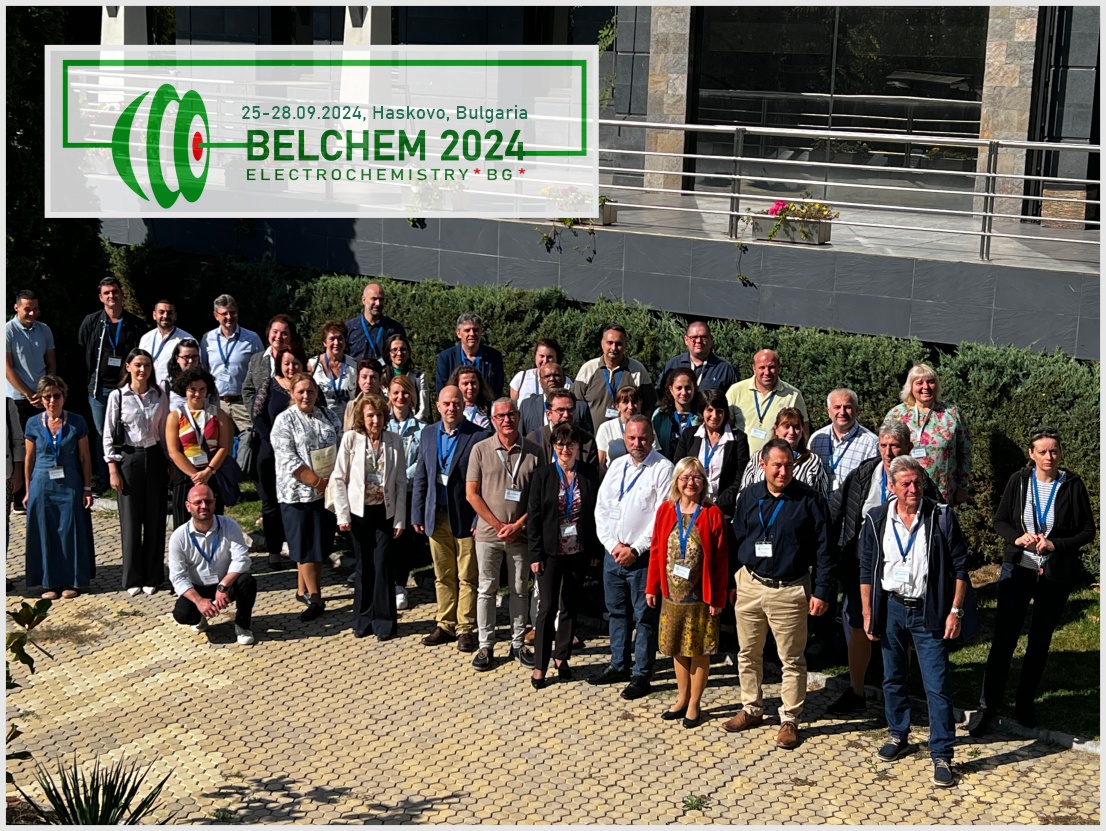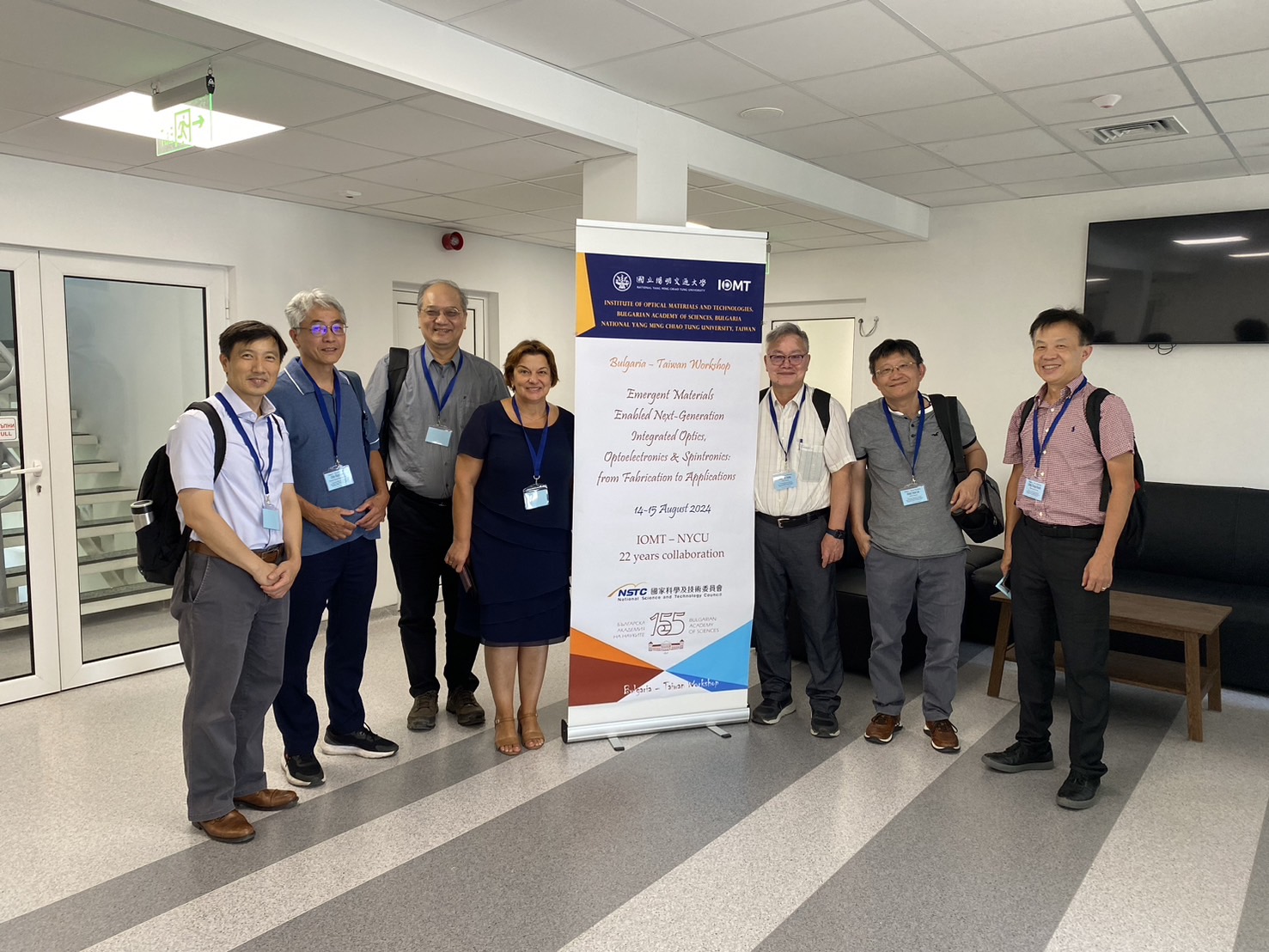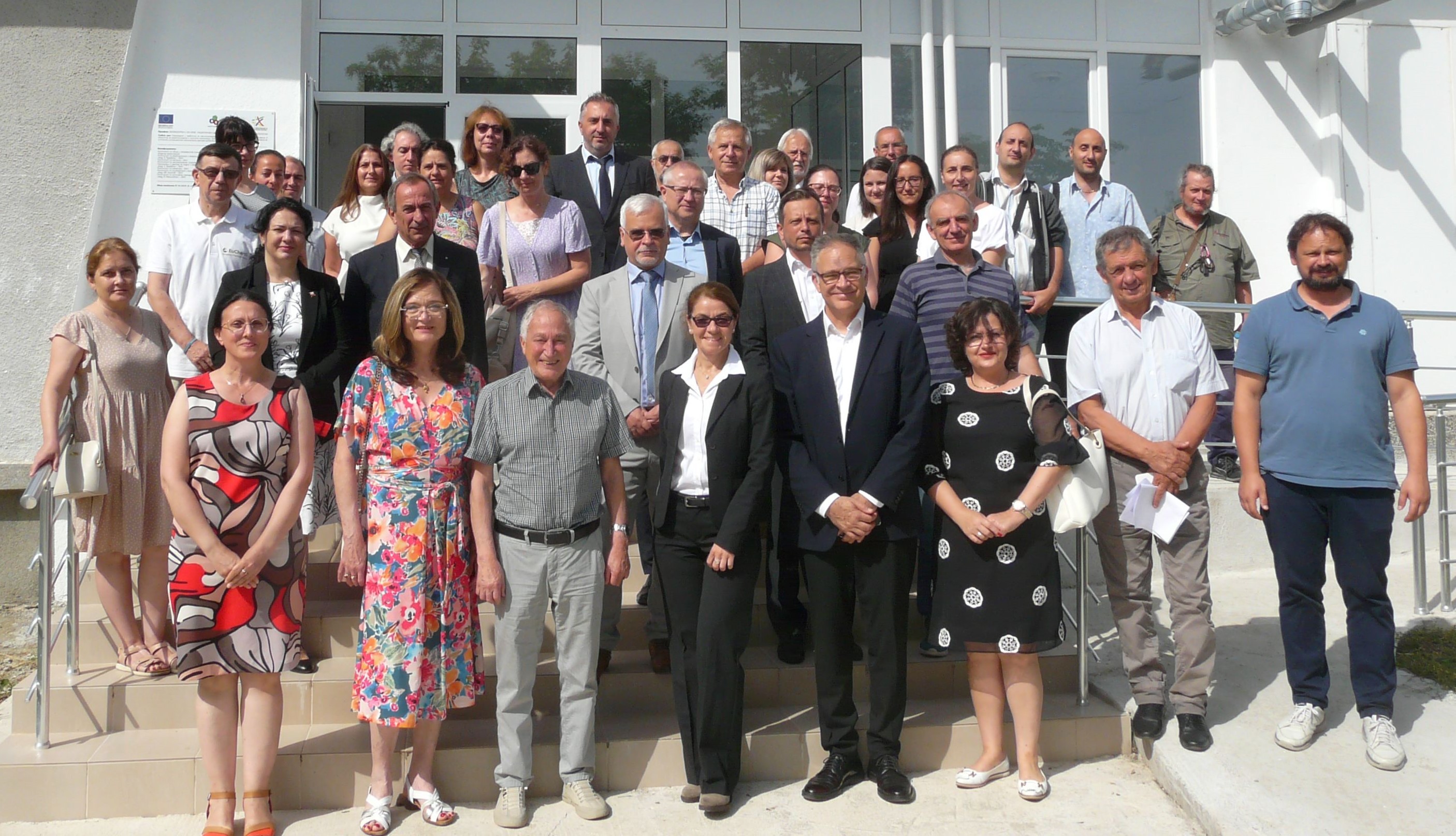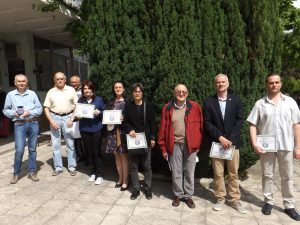
The “Academician Emil Djakov” Award for scientific contribution to radiophysics, physics and quantum electronics was presented at a ceremony at the Institute of Electronics of the Bulgarian Academy of Sciences. The Scientific Council of the Institute awarded the prize to two teams of researchers who have made the greatest scientific breakthroughs in the past year.
Acad. Petar Atanasov and Prof. Dr. Nikolay Nedialkov received an award for their development “SERS of neonicotinoid insecticides imidacloprid, assisted by gold and silver nanostructures”. Using the cutting-edge method of surface-enhanced spectroscopy, the scientists developed a new methodology for detecting the presence of pesticides harmful to humans in agriculture. The two researchers have developed nanostructured substrates with gold and silver nanoparticles, which they are applying in their studies of the presence of neonicotinoid insecticides. The nanostructures used in the development are about a thousand times thinner than a human hair. By amplifying the local electromagnetic field and using a minimal amount of the pesticide, its presence in the leaves or fruits of agricultural produce can be easily detected. This innovative method is of utmost importance in the search for the causes of mass die-offs of bee colonies that are located near arable land. The results of this scientific work have been reported with the modern equipment of the National Institute for Materials Science in Tsukuba, Japan. The team’s research has been reflected in three publications in the prestigious international journals J. of Raman Spectroscopy, Spectroscopy Letters and Applied Spectroscopy.
The “Academician Emil Djakovo” Prize was also awarded to a team consisting of: Associate Professor Svetoslav Kolev, Professor Kiril Krezhov, Associate Professor Tatiana Kutsarova, Borislava Georgieva, Chavdar Ghelev, Tanya Malakova, Petya Peneva for research work on “Magnetic phase transitions and magneto-electric effect in hexaferrites”. Scientists from the Institute of Electronics have developed materials with qualitatively new properties that absorb microwaves and thus alleviate electromagnetic interference (hexapheritic materials with multiferroic properties).
The development of the Bulgarian researchers allows controlling the magnetic phase by applying an external electric field and vice versa – influencing the electric polarization by applying an external magnetic field. This effect could radically change magnetic data storage and spintronics technologies that require versatility, miniaturization, low cost and better performance. The new generation of magnetic materials (multiferroics) can be used to make sensitive electric and magnetic field sensors in biomedicine, generators, multiferroic gyrotrons, photovoltaic multiferroic solar cells, smart stealth technology for military industry and defense, to improve data storage in information technology, etc.


